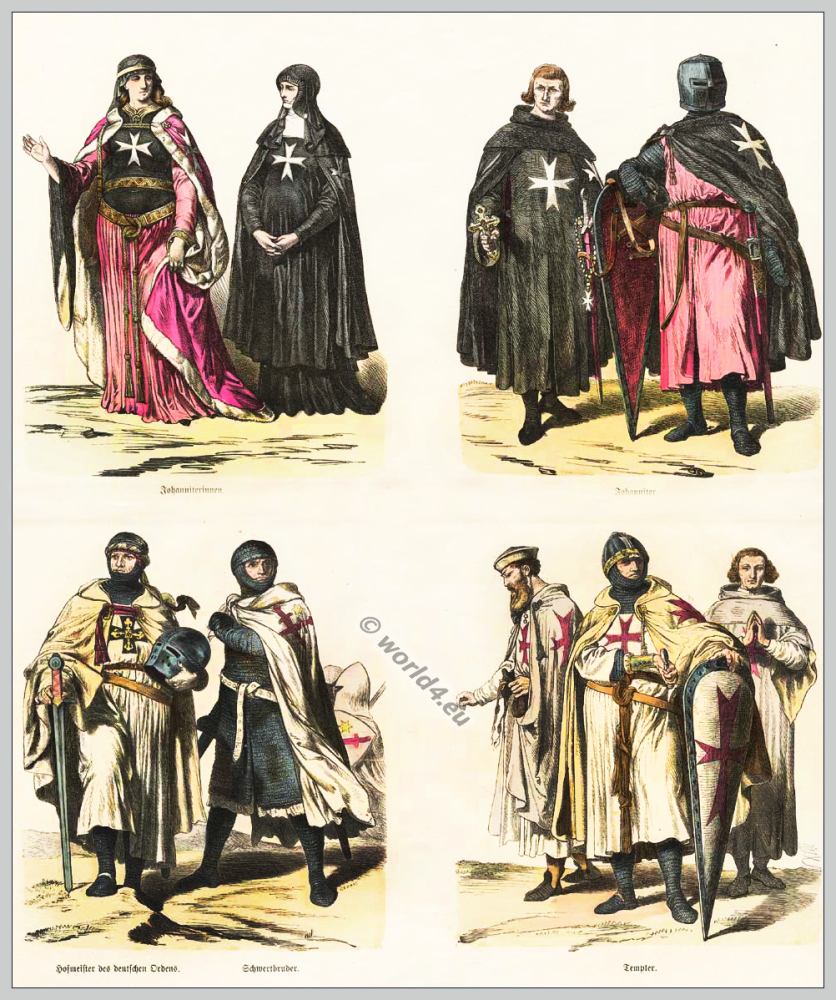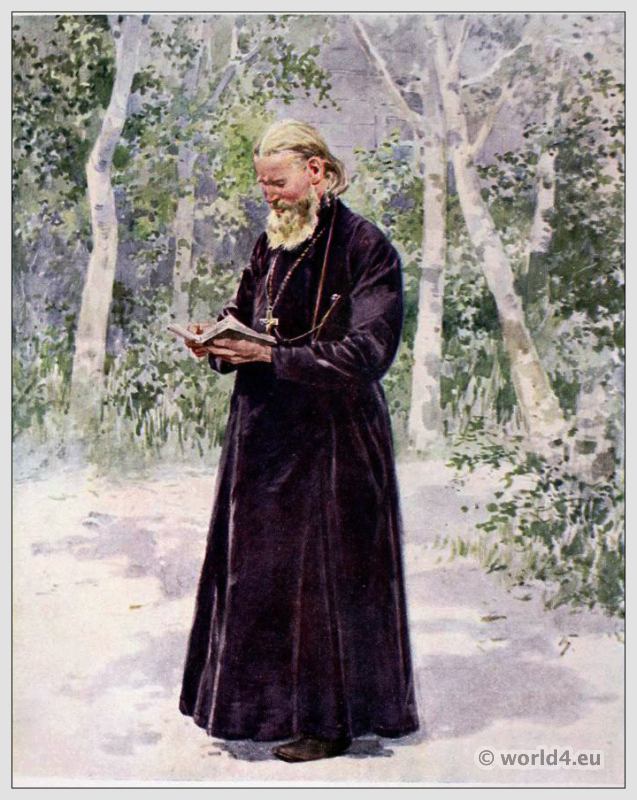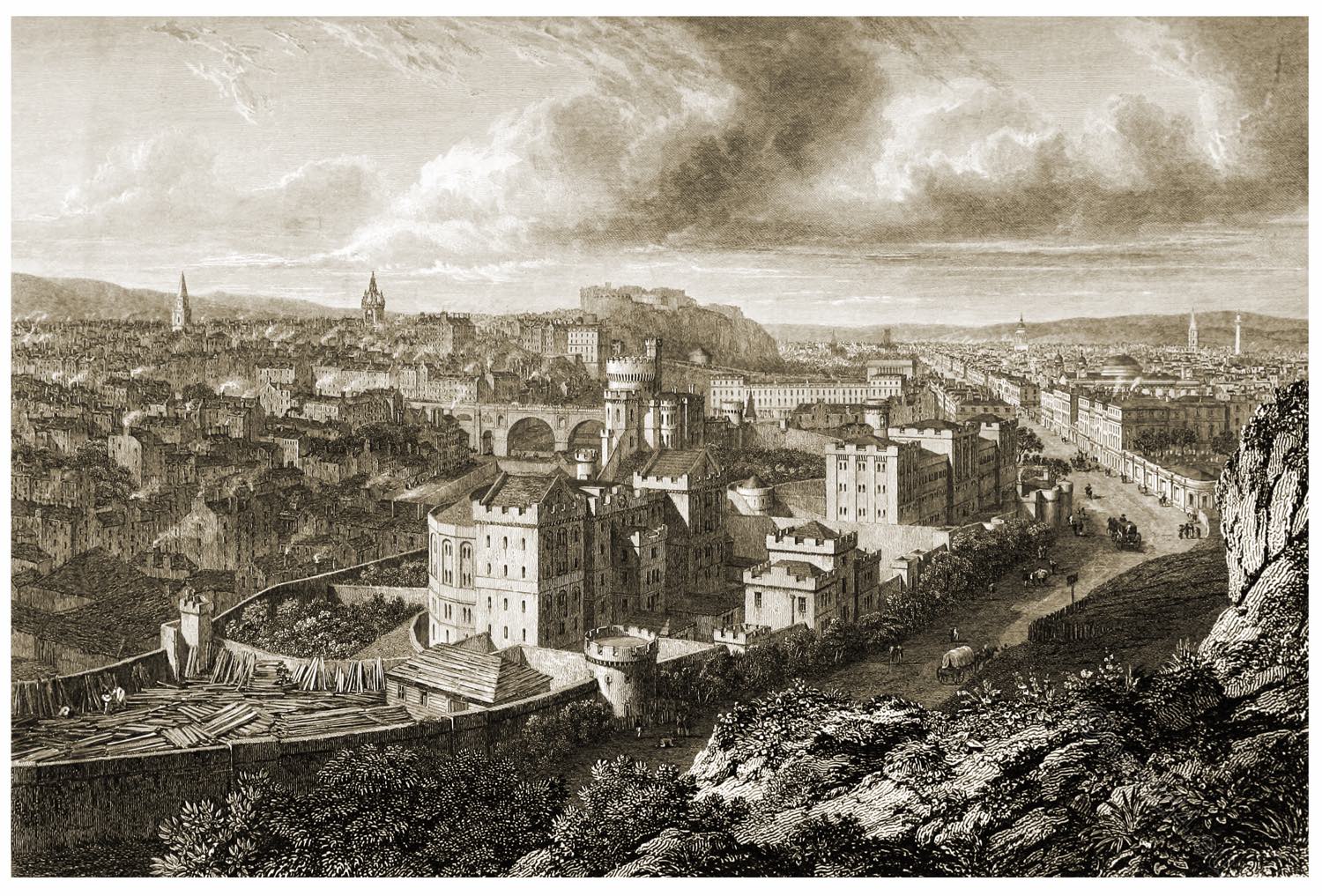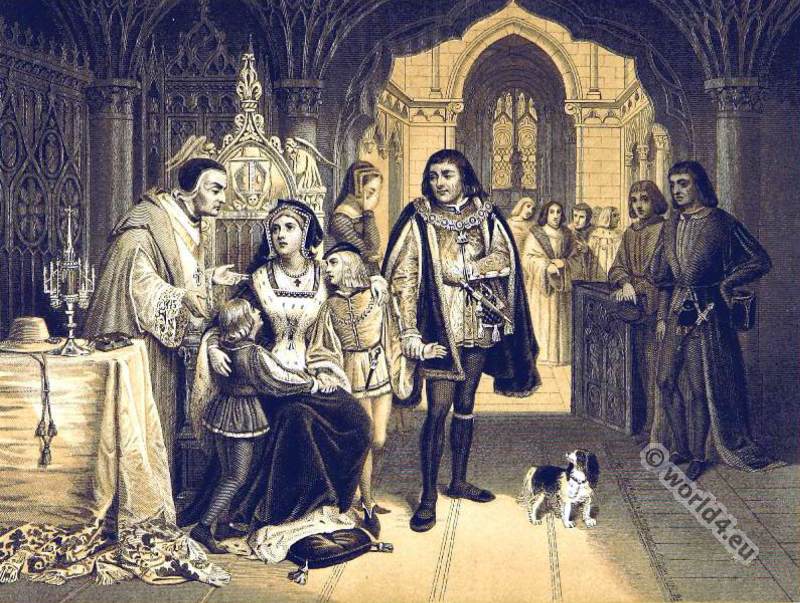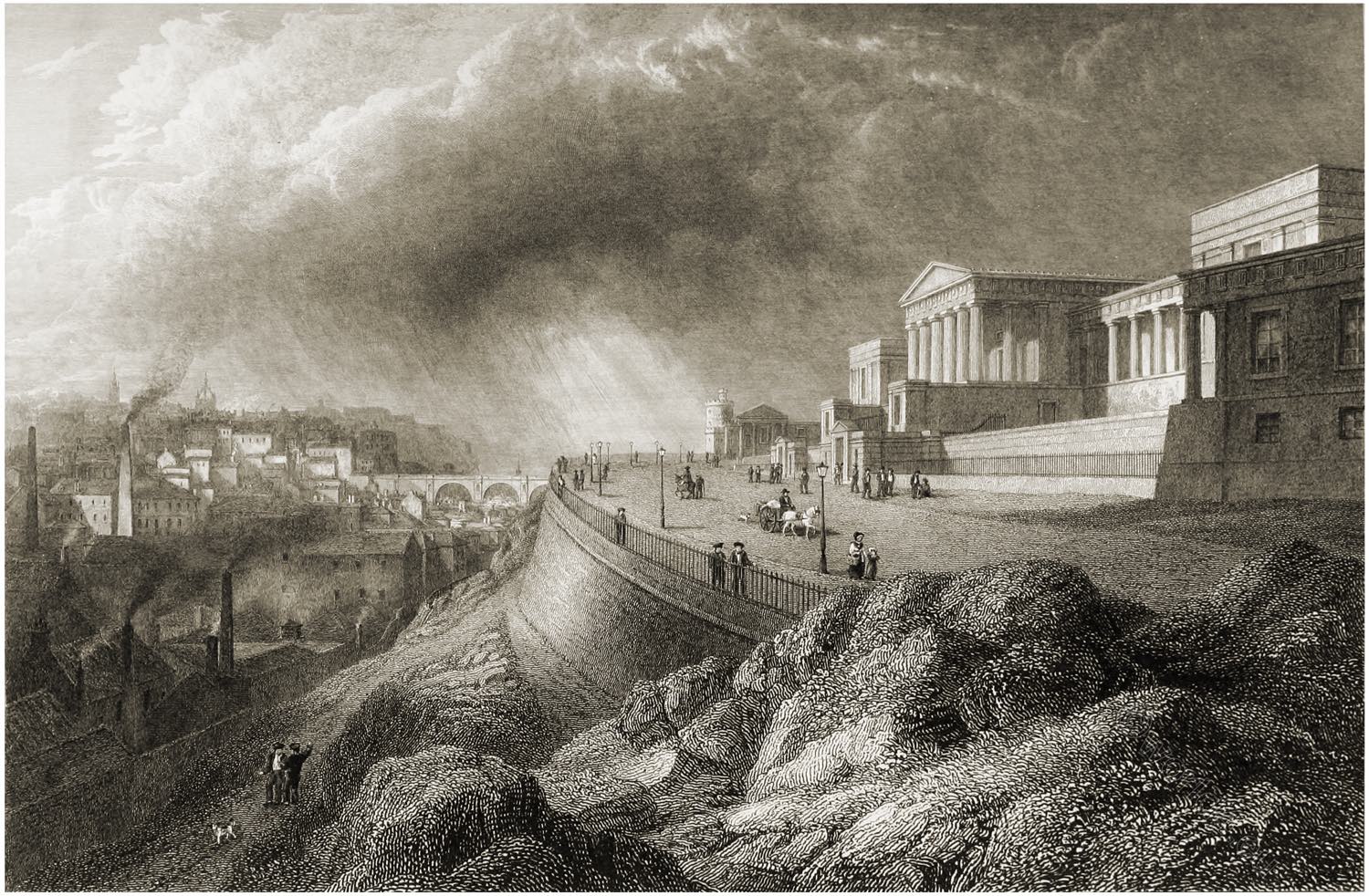John Knox was born in 1514 in Haddington, Scotland. He was the son of a farmer and grew up in a modest household. Despite his humble beginnings, Knox received a quality education at the University of St. Andrews, where he studied theology and became a priest. However, his life took a dramatic turn when he converted to Protestantism in the early 1540s. This decision would shape the rest of his life and have a significant impact on the Scottish Reformation.
John Knox played a crucial role in the Scottish Reformation, which was a period of religious and political upheaval in Scotland during the 16th century. He was a key figure in the movement to reform the Church in Scotland, which aimed to break away from the authority of the Roman Catholic Church and establish a new form of Protestantism.
Knox’s influence on the Scottish Reformation began in the early 1550s when he returned to Scotland after spending several years in exile in England and Geneva. He quickly became involved in the growing movement for reform, preaching and teaching throughout the country.
One of Knox’s most significant contributions to the Scottish Reformation was his leadership in the establishment of the Presbyterian Church of Scotland. This new church structure emphasized the importance of local congregations and the authority of elders, rather than bishops or other hierarchical structures.
Knox also played a key role in the development of the Scottish Confession of Faith, which outlined the beliefs and principles of the new Presbyterian Church. This document helped to solidify the identity of the Scottish Reformation and provided a foundation for the future growth and development of the Presbyterian Church.
Throughout his life, Knox remained committed to the cause of reform and worked tirelessly to promote his vision for a new, more democratic form of Christianity in Scotland. His legacy continues to be felt in Scotland and beyond, as the Presbyterian Church has spread to other parts of the world and influenced the development of other Protestant denominations.
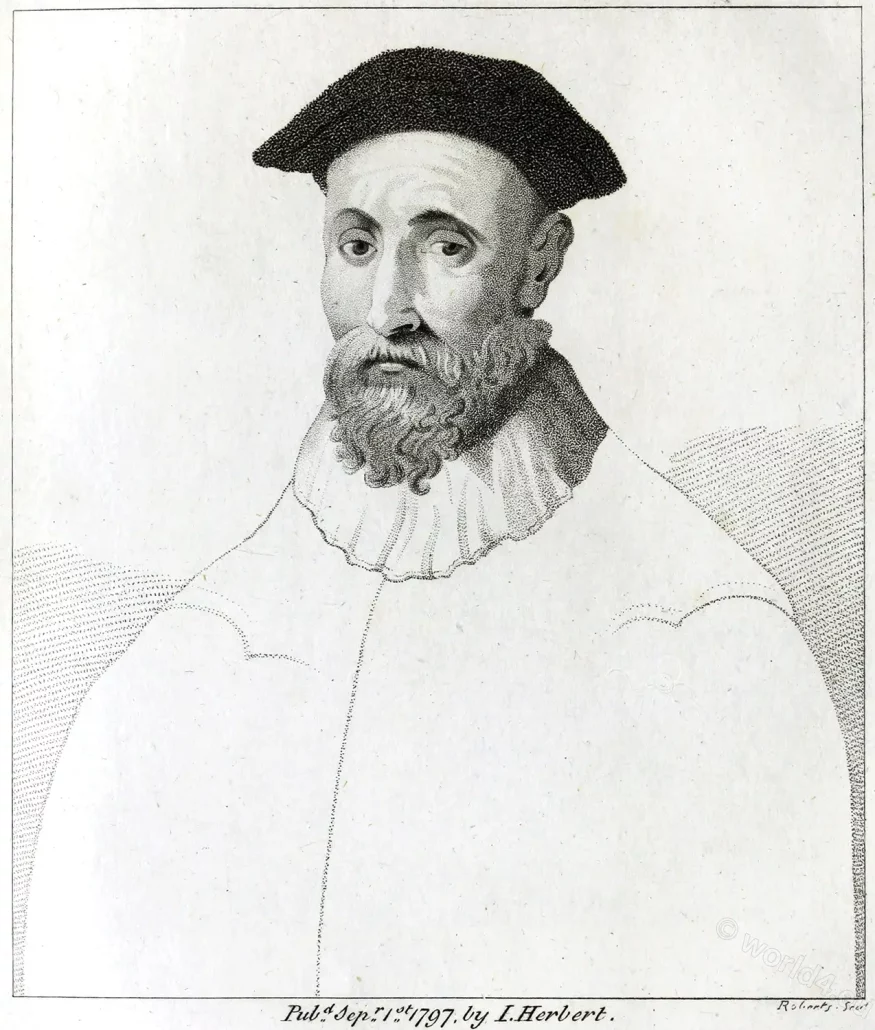
John Knox’s legacy and impact on Scottish history cannot be overstated. His influence on the Scottish Reformation was immense, as he played a pivotal role in shaping the religious landscape of Scotland. Knox’s teachings and beliefs continue to shape the Presbyterian Church, which is still a dominant force in Scotland today.
Knox’s writings, including his famous book “The First Blast of the Trumpet Against the Monstrous Regiment of Women,” were highly influential in shaping the political and social climate of Scotland during his time. He was also instrumental in establishing the Presbyterian Church of Scotland, which remains one of the largest Protestant denominations in the country.
Beyond Scotland, Knox’s influence can be seen in the wider Protestant movement. His ideas about the importance of individual conscience and the authority of scripture helped to shape the theology of many Protestant denominations, including the Puritans and the Presbyterians.
In addition to his theological and political impact, Knox’s life and work have inspired countless individuals throughout history. His unwavering commitment to his beliefs, even in the face of persecution and exile, serves as a powerful example of courage and conviction.
Overall, John Knox’s legacy and impact on Scottish history and the wider Protestant movement cannot be overstated. His contributions to theology, politics, and society continue to resonate today, making him one of the most important figures in Scottish history.
THE HOUSE OF JOHN KNOX
by James Storer
The house of this eminent person has, in this advanced age, a singularly mean appearance, being situated in a part of the Old Town, inhabited by the inferior ranks of society, and is distinguished by a small effigy of the reformer occupying a pulpit on one of its angles. Many houses in this neighbourhood, remarkable solely for their great age, and still greater deformity, were, nevertheless, the dwellings of our ancestors most distinguished for rank and literature; but when we contemplate the venerable residence of the great Scottish Reformer, the associations recalled to mind are flattering to our pride, and are highly honourable to his memory. We think less of the greatness of his power, and his intimacy and influence with his most illustrious contemporaries, than of his unadorned plainness of character, and unaffected humility.
John Knox was born in the year 1505, at a place called Gifford, near Haddington. He was educated at the University of St. Andrews, where he obtained a degree in arts, and while very young exercised the profession of a teacher. Like the celebrated German Reformer, he imbibed in his youth the principles of the most bigot ted Catholicism ; but, hearing the discourses of a certain friar, he grew undecided in his opinions, anti, finally, by the advice and representations of George Wishart, (an early martyr to the cause of Protestantism), he threw off his adherence to the Romish church, and became an ardent reformer.
After a variety of trials and dangers, which he bore with singular patience and unshaken fortitude, he became a minister in Edinburgh, and so zealous was he in the discharge of his pastoral functions, that the highest rank was not exempted from the most acrimonious reprehensions.
A proof of this may be seen in his address to the queen, before whose council he was summoned on the following occasion. Certain of her Majesty’s family who remained in the palace of Holyrood-house, had a priest, who performed service as usual in the chapel during her absence. Many papists resorting thither, the ministers were so offended that, at their instigation, the citizens of Edinburgh went down one day, when they were told the congregation was considerable, and being denied entrance, forced the gate; some of the auditors were taken and dragged to prison, but the priest escaped by a back way. Mary was so incensed at the indignity, that she determined not to return to the city till the perpetrators had undergone an exemplary punishment.
Knox being considered the principal author of the tumult, was called before the council, and charged, among other things, with presuming to assemble the people from all quarters whenever he thought proper. After vindicating himself with great spirit, he addressed himself to the queen, and conjured her in the name of Almighty God, as she regarded the eternal welfare of her soul, to forsake the idolatrous religion she professed, and by her authority maintained against the statutes of the realm.
After a life of incredible hardships, during which he maintained the most unshaken integrity, Knox died in the year 1572, full of age and honours.
The dark side of his character, was an inflexible and an undiscriminating sternness, which never permitted him to attempt conversion by gentle means; but, it must never be forgotten, that had he not been of a temperament harsh in the extreme, he could never have accomplished the present work of reformation, in a period of a peculiarly dark and savage complexion. An eulogium pronounced over his grave, by the earl of Morton, (who was his friend), was highly characteristic of the man, and honourable to his memory, “Here lies a man who never knew fear.”
Source:
- Views in Edinburgh and its vicinity; by James Storer (1771-1853); Henry Sargant Storer (1795-1837). Edinburgh, A. Constable & Co., 1820.
- Photographs of Scottish scenery by James Valentine (1815-1880). Dundee: J. Valentine, 1870.
- The Scottish gallery, or, Portraits of eminent persons of Scotland: many of them after pictures by the celebrated Jameson, at Taymouth, and other places: with brief accounts of the characters represented, and an introduction on the rise and progress of painting in Scotland by John Pinkerton(1758-1826); Edward Harding (1755-1840). London: Printed for E. Harding, 1799.




